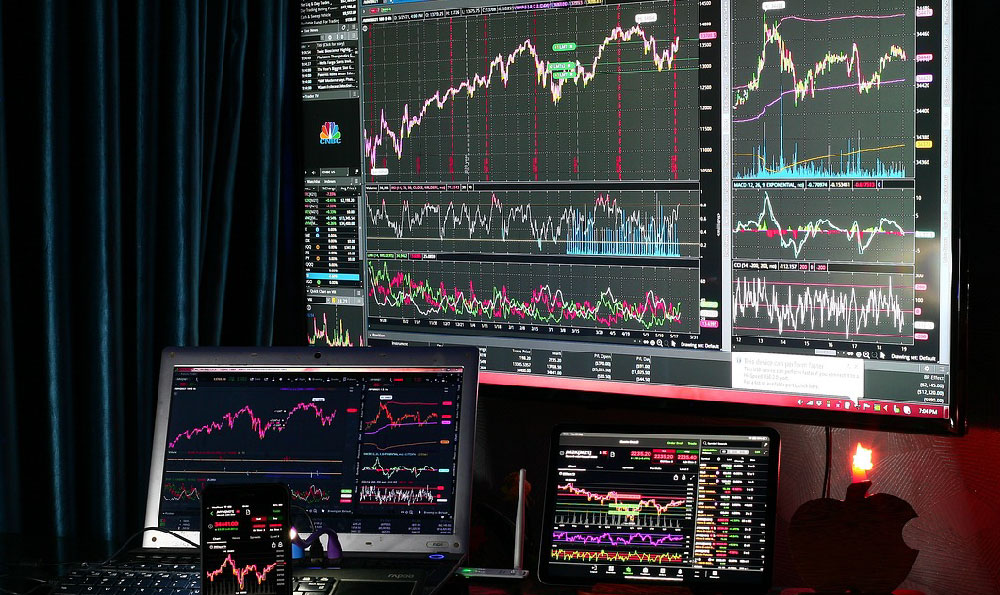ETF Investing: Right Choice? Smart Investment or Risky Bet?
Exchange Traded Funds (ETFs) have surged in popularity over the last few decades, attracting investors of all experience levels. Touted as a diversified, low-cost investment vehicle, ETFs offer exposure to various asset classes, sectors, and strategies. However, the simplicity of ETFs can be deceptive. Understanding the nuances of ETF investing is crucial to determine whether they are a smart investment or a potentially risky bet.
At their core, ETFs are investment funds that trade on stock exchanges, similar to individual stocks. They typically track a specific index, sector, commodity, or investment strategy. This passive approach aims to replicate the performance of the underlying benchmark. The appeal lies in diversification – with a single ETF, investors can gain exposure to a basket of stocks, bonds, or other assets, reducing the risk associated with investing in individual securities. This is a particularly attractive feature for those new to investing or seeking to build a well-rounded portfolio without the time and effort required to select individual assets.

Low cost is another significant advantage. ETFs generally have lower expense ratios compared to actively managed mutual funds. This is because ETFs passively track an index, requiring less active management and research, which translates to lower operational costs passed on to investors. These lower costs can significantly impact long-term investment returns, allowing investors to retain more of their profits.
Accessibility is also a key factor in the popularity of ETFs. They can be bought and sold throughout the trading day, offering flexibility and liquidity. This allows investors to react quickly to market changes and adjust their positions accordingly. Furthermore, ETFs are available on most brokerage platforms, making them accessible to a wide range of investors.
While the benefits of ETFs are undeniable, it's important to acknowledge the potential risks. Not all ETFs are created equal, and a thorough understanding of the specific ETF's underlying assets, tracking error, and management strategy is essential.
One potential risk is tracking error, which refers to the difference between the ETF's performance and the performance of its benchmark index. This can occur due to various factors, including fund expenses, sampling techniques, and the ETF's management strategy. While most ETFs aim to minimize tracking error, it's important to be aware of it and understand how it might affect your investment returns.
Another consideration is the liquidity of the ETF. While most ETFs are highly liquid, some niche or specialized ETFs may have lower trading volumes, which can lead to wider bid-ask spreads and potential difficulties in buying or selling large quantities of shares. Before investing in an ETF, it's wise to assess its trading volume and liquidity to ensure you can easily exit your position when needed.
Moreover, some ETFs use leverage or derivatives to amplify their returns. These leveraged ETFs can be highly volatile and carry significant risks. While they may offer the potential for higher returns, they can also lead to substantial losses, especially in turbulent markets. It's crucial to understand the risks associated with leveraged ETFs before investing in them, as they are not suitable for all investors.
The choice of investment platform also plays a crucial role. Platforms like KeepBit, a global digital asset trading platform, offer a gateway to a growing range of cryptocurrency ETFs and other innovative digital asset investment products. KeepBit, registered in Denver, Colorado, with a registered capital of $200 million, emphasizes security, compliance, and efficiency in its services. With a global reach covering 175 countries, KeepBit provides users with a compliant and transparent platform. Its rigorous risk control system and commitment to 100% user fund security are noteworthy features.
However, when considering crypto ETFs, it is especially important to evaluate the platform offering these products. While KeepBit boasts a team from leading quantitative financial institutions such as Morgan Stanley, Barclays, Goldman Sachs, Ninequant, and Fantasy Quant, it is essential to compare the security measures, trading fees, and available resources with other platforms. For instance, some platforms may offer lower trading fees, more advanced trading tools, or a wider selection of ETFs and other digital assets.
Before diving into crypto ETFs or any other digital asset investment, conduct thorough research, understand the underlying assets, and assess your risk tolerance. The digital asset market can be highly volatile, and it's essential to approach these investments with caution.
Ultimately, whether ETF investing is a "right choice" or a "risky bet" depends on the individual investor's goals, risk tolerance, and understanding of the specific ETF and the broader market. By carefully considering the benefits and risks, conducting thorough research, and diversifying your portfolio, you can make informed investment decisions and potentially achieve your financial goals. Before investing, always consult with a qualified financial advisor to discuss your specific circumstances and investment objectives.
While KeepBit (https://keepbit.xyz) provides access to digital asset trading, including potentially crypto ETFs in the future, it's important to emphasize the need for due diligence and responsible investing. Platforms like KeepBit can offer a convenient way to explore these opportunities, but they should be used in conjunction with a well-informed investment strategy and a clear understanding of the associated risks. Remember, no investment is guaranteed, and it's essential to make decisions that align with your financial goals and risk tolerance.












